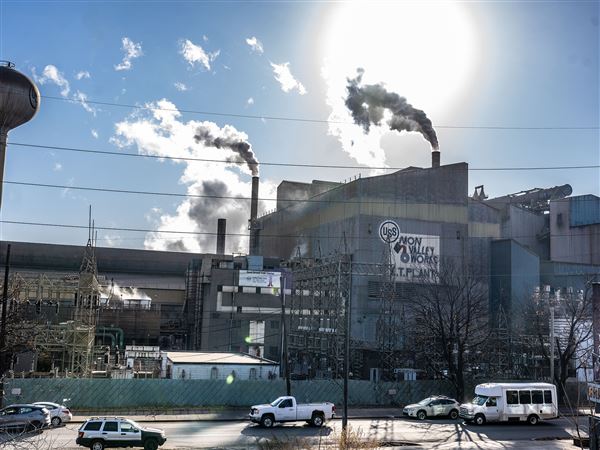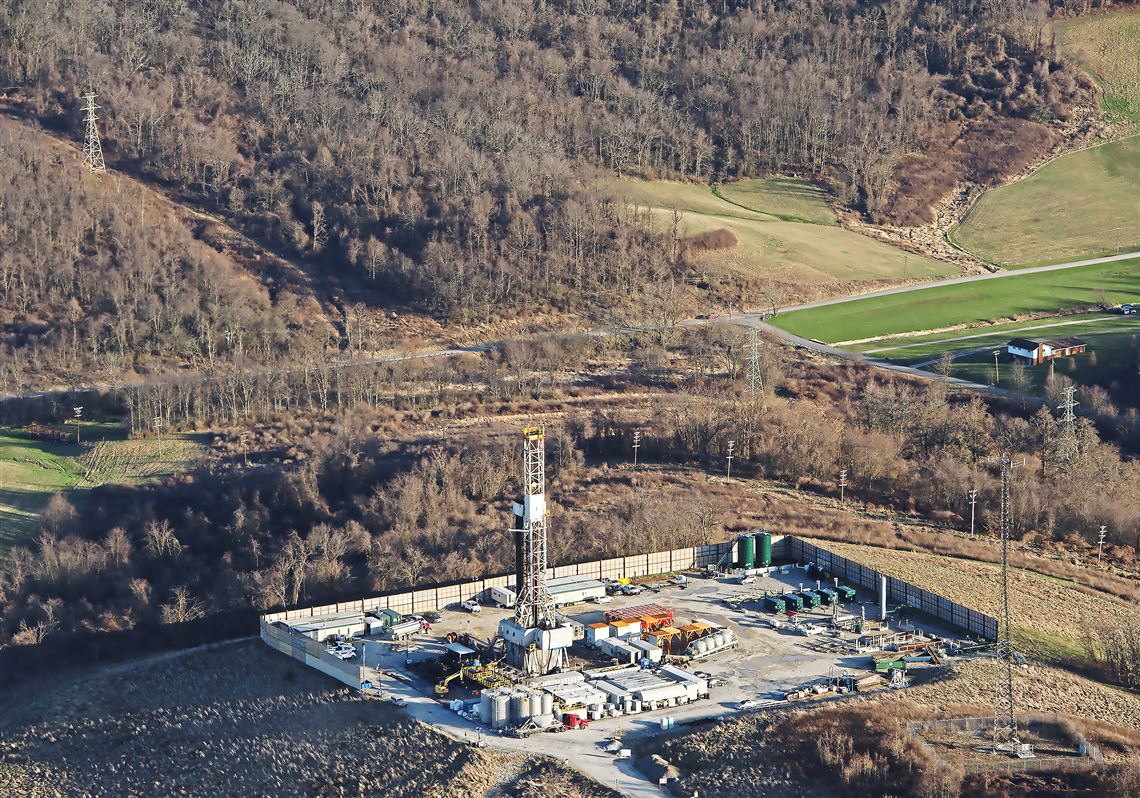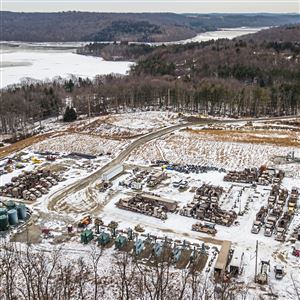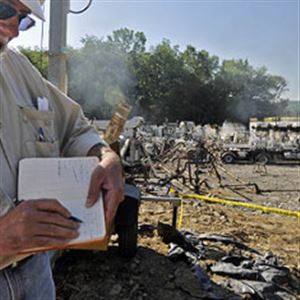Pennsylvania’s impact fee on shale gas wells is expected to raise a record $247 million this year, driven in part by the anticipated receipt of millions of dollars in past fees that the state plans to collect after winning a state Supreme Court case last month.
The state’s Independent Fiscal Office released a report Thursday projecting that this year’s payments, due in April, will be $37.4 million more than last year’s collection.
More than $22 million of the revenue bump is expected to come from outstanding payments — including from companies that contended they owned so-called “stripper wells” that produced too little gas in some months to have to pay the fee in 2017.
The state Supreme Court ruled in late December that wells that produce more than 90,000 cubic feet of natural gas in just one month of a year must pay the impact fee, reversing a lower court order from 2017 that said wells only had to pay the fee if they produced that volume every month of a year.
That means 18 companies that withheld payments on 483 wells based on the lower court’s interpretation will now get invoices from the Pennsylvania Public Utility Commission for overdue fees.
The majority of those wells — 293 of them — were in Armstrong, Butler, Greene and Washington counties, according to the PUC’s tally.
Armstrong County-based natural gas producer Snyder Brothers Inc. and the Pennsylvania Independent Oil and Gas Association have asked the high court to reconsider its decision.
The fiscal office estimates that the PUC will collect about $11 million in late or disputed payments for 2017 and another $11 million because wells that previously claimed exemptions will pay impact fees for 2018, revenue analyst Jesse Bushman said.
Some of the anticipated increase in impact fee revenue was also driven by relatively steady new drilling, as companies enjoyed higher average gas prices at regional trading hubs last year. The Independent Fiscal Office attributes about $15 million of the increase to revenue from 779 new wells offsetting the declining payments from older wells that pay lower fees as they age.
The office estimates Pennsylvania’s shale, or unconventional, wells produced 6 trillion cubic feet of natural gas last year, based on 11 months of reported production and estimates for December. The market value of that production translates to an annual effective tax rate of 2.2 percent, which would be the lowest since the impact fee has been imposed, according to Independent Fiscal Office records.
Since 2012, companies drilling for gas in the Marcellus and other shale formations have had to pay a per-well fee meant to compensate state and local communities for the burden on public services and the environment.
Much of the revenue is sent to communities that host shale gas wells, with funds also allocated to state environmental, infrastructure, emergency management and housing programs.
The state will have raised nearly $1.7 billion collectively across eight rounds of impact fee payments, if this year’s projections are realized. Previously, the highest annual total was $225.7 million for 2013.
Laura Legere: llegere@post-gazette.com.
First Published: January 24, 2019, 6:24 p.m.


















